1. Excessive Grooming or Self-Soothing Behaviors
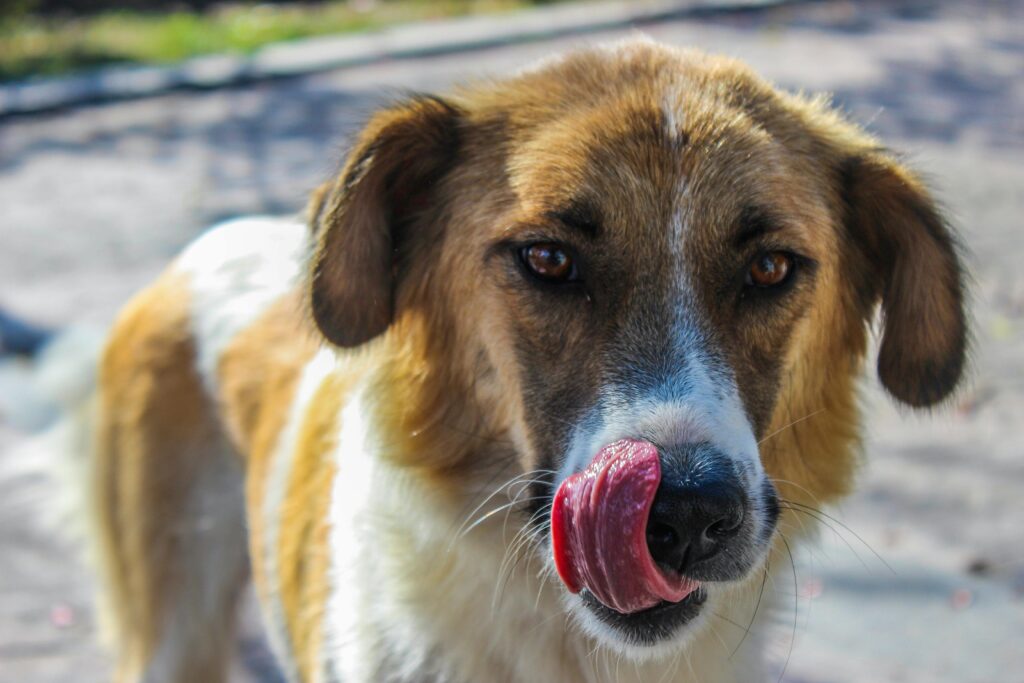
Some pets cope with trauma by excessively licking, grooming, or chewing on themselves. This can result in hair loss, irritated skin, or even open wounds, which may be their way of dealing with stress or anxiety.
2. Aggression Toward People or Other Animals
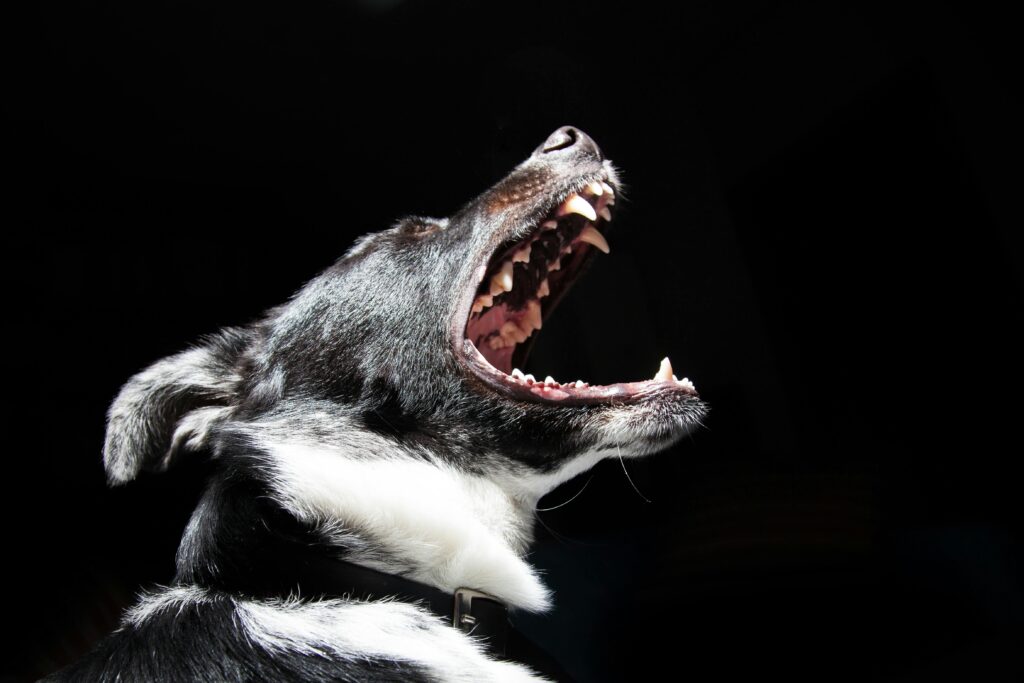
Unexplained aggression is often a response to past trauma. If your normally gentle pet suddenly becomes aggressive—growling, biting, or lashing out—it may be their way of protecting themselves from perceived threats.
3. Avoidance or Withdrawal

Does your pet seem distant or uninterested in interacting with you or other animals? If they are avoiding affection, playtime, or human contact, they may be trying to protect themselves from emotional pain caused by past experiences.
4. Hypervigilance

A pet that’s constantly on high alert, scanning their environment or reacting to the slightest noise, may be experiencing hypervigilance—a common symptom of trauma. This can make it difficult for them to relax, even in familiar surroundings.
5. Sudden Changes in Behavior

Unresolved trauma can cause your pet to suddenly change their behavior. They may go from calm and loving to fearful or aggressive without any clear reason. Watch for changes in sleeping, eating, or interaction patterns.
6. Excessive Panting or Drooling

When dogs are stressed, they often show physical signs like excessive panting or drooling. If your dog is doing this without a clear cause (like heat or exercise), it could indicate underlying trauma-related stress.
7. Destructive Behavior
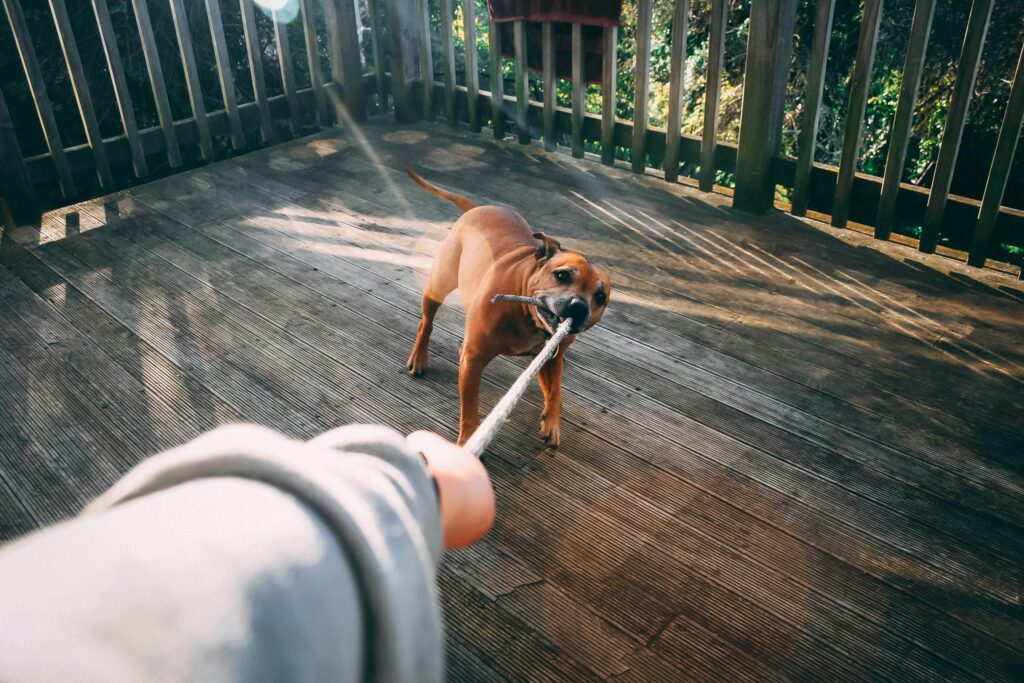
Chewing furniture, scratching walls, or other destructive behaviors might be your pet’s way of coping with stress or anxiety stemming from trauma. It’s their outlet for emotions they don’t know how to handle.
8. Frequent Cowering or Hiding
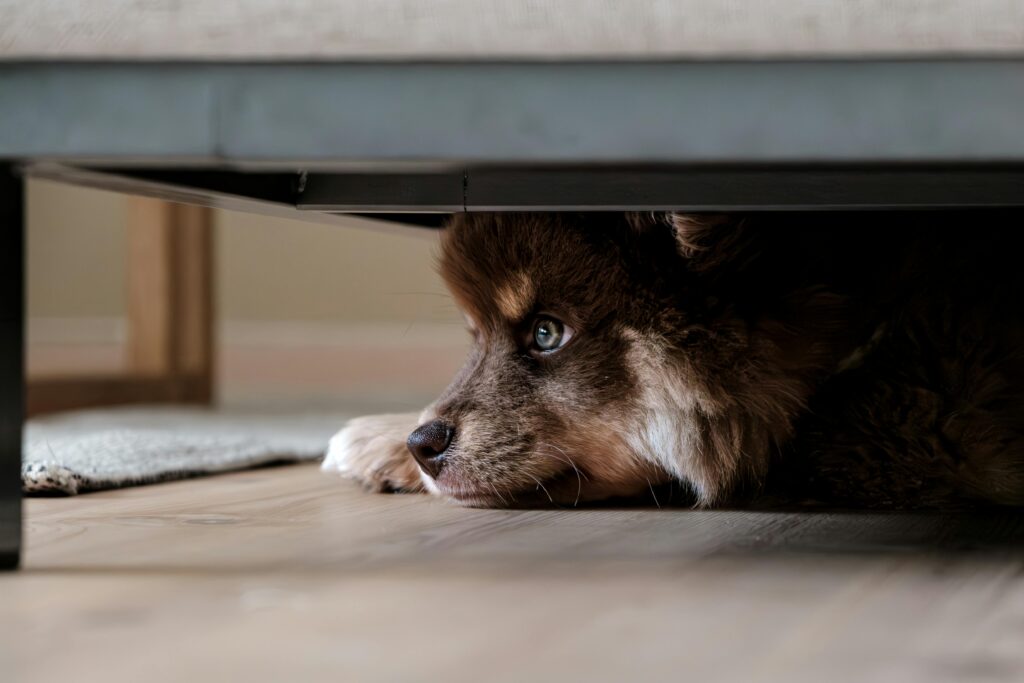
If your pet often hides under furniture, in closets, or in secluded areas, they may be trying to escape from triggers associated with past trauma. Constant cowering or retreating into small spaces is a clear sign of distress.
9. Excessive Barking or Vocalizing
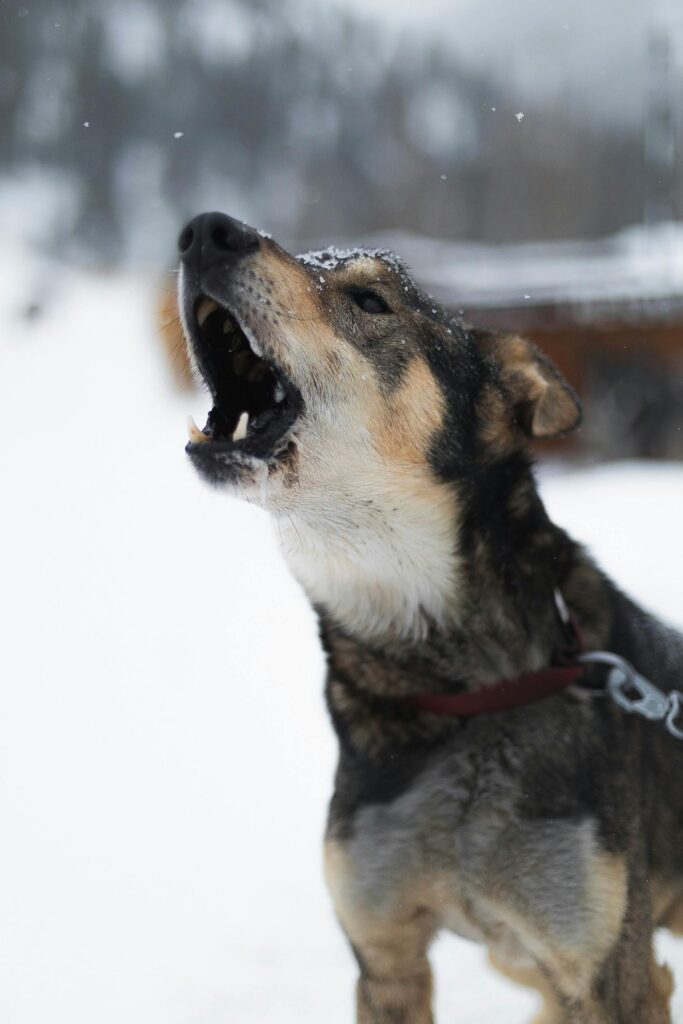
Constant barking, meowing, or whining—especially when there’s no obvious reason—can be a sign that your pet is feeling anxious or insecure. It’s their way of trying to communicate their discomfort or fear.
10. Reluctance to Be Touched

If your pet flinches, pulls away, or avoids touch altogether, they may be reacting to memories of past abuse or neglect. Sensitivity to physical contact is a common sign of trauma, especially if they’re normally affectionate.
11. Regression in Training

If your previously well-trained pet starts having accidents indoors or ignoring commands, it could be a sign of emotional distress. Trauma can cause pets to forget their training or act out in ways they never did before.
12. Excessive Fear or Anxiety
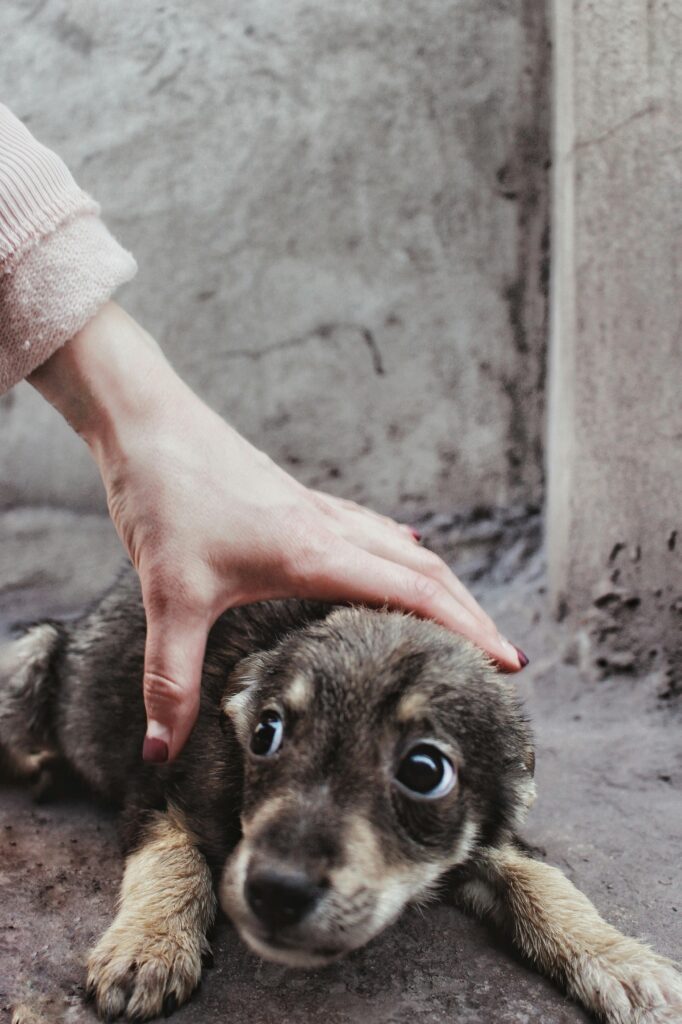
If your pet seems overly fearful of new environments, people, or even everyday objects, it could be a sign of unresolved trauma. They may cower, tremble, or try to hide when faced with something that triggers their fear.
13. Difficulty Sleeping or Restlessness

Traumatized pets often have trouble relaxing or sleeping soundly. They may pace, wake up frequently, or seem restless during naps. If your pet isn’t getting enough rest, it could be a sign they’re struggling with unresolved emotions.
14. Unusual Fear of Loud Noises

While many pets are naturally startled by loud sounds like thunderstorms or fireworks, an extreme or unusual fear of everyday noises—like doors closing or car horns—may suggest a deeper trauma-related issue.
15. Clinginess or Separation Anxiety

On the flip side, some pets may become overly attached after trauma, refusing to leave your side and showing signs of distress when separated from you. This clingy behavior could indicate they feel unsafe without your constant presence.


